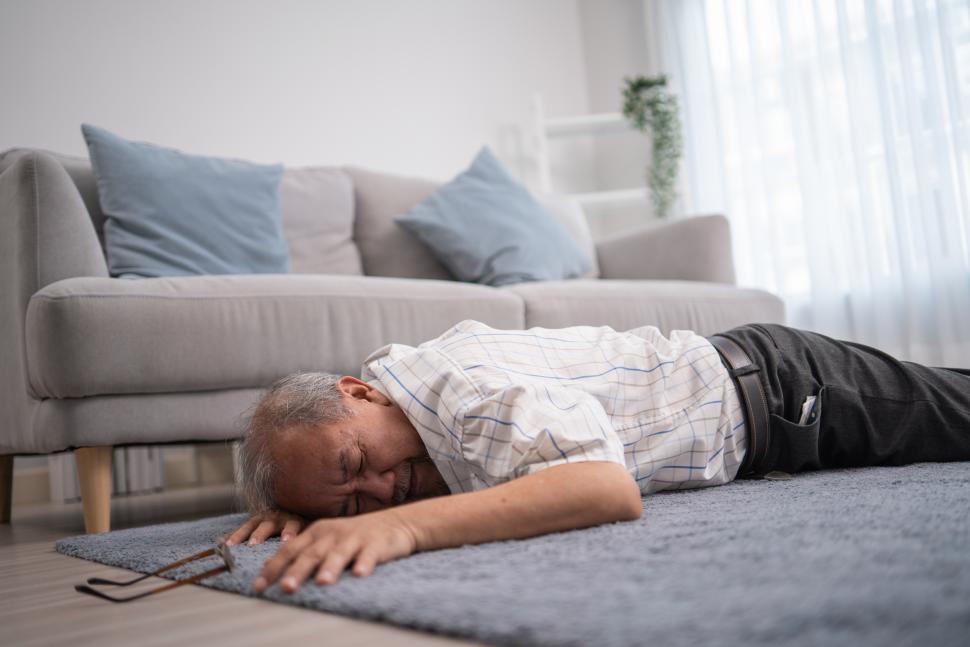Preventing Falls Among Seniors: A Comprehensive Approach

Falls are a significant concern for seniors, often leading to serious injuries and a decline
in quality of life. As people age, the risk of falling increases due to a variety of factors,
including decreased muscle strength, balance issues, and chronic health conditions.
Understanding the causes and implementing preventive measures can greatly reduce
the likelihood of falls, ensuring a safer and more independent lifestyle for seniors.
One of the primary factors contributing to falls in seniors is a decline in physical fitness.
Muscle weakness, particularly in the legs, can make it difficult to maintain balance and
recover from a stumble. Regular exercise, including strength training and balance
exercises, can help improve muscle tone and coordination. Activities such as tai chi,
yoga, and even simple walking routines can be highly beneficial. It's important for
seniors to consult with their healthcare provider before beginning any new exercise
regimen to ensure it's appropriate for their individual health status.
Environmental hazards within the home are another major cause of falls. Cluttered
walkways, loose rugs, poor lighting, and slippery floors can all pose significant risks. To
mitigate these dangers, it's essential to keep living spaces tidy and well-lit. Installing
grab bars in the bathroom, using non-slip mats, and ensuring that stairs have sturdy
handrails can also make a big difference. Additionally, wearing well-fitting, non-slip
footwear can provide better stability and reduce the risk of slipping.
Health management plays a crucial role in fall prevention. Many seniors take multiple
medications, some of which can cause dizziness or drowsiness. Regular medication
reviews with a healthcare provider can help identify and adjust any prescriptions that
may increase fall risk. Vision and hearing impairments can also contribute to falls, so
routine check-ups with an eye doctor and audiologist are important. Maintaining a
healthy diet and staying hydrated can further support overall well-being and physical
stability.
Preventing falls among seniors requires a multifaceted approach that includes physical
fitness, home safety modifications, and proactive health management. By addressing
these key areas, seniors can significantly reduce their risk of falling and enjoy a higher
quality of life. Families, caregivers, and healthcare providers all play a vital role in
supporting seniors in these efforts, ensuring they remain safe, active, and independent
for as long possible.
